A call to action is critical in the realm of digital marketing business. It determines where your audience will go next, either by taking some action or just reading more of your material.
And one of the most common challenges people face is not knowing how to write a perfect call to action. This can lead to a lot of lost opportunities, as well as decreased conversion rates and sales.

It is no secret that writing can be tough. For many people, the struggle to put thoughts into words is real. And when it comes to making money from writing or writing a converting blog post, the challenges can seem insurmountable.
In order to overcome this challenge, it’s important to understand what makes a good call to action, and then use that knowledge to write your own. It is also important to understand the right place for using a Call to Action.
This is why we’ve put together a list of 9 proven tips to help you write better call-to-actions, added with 101 free-to-steal examples so you can increase your conversion rate fast and easily.
What is a call to action (CTA)?
A call to action, or CTA, is a powerful tool in digital marketing, a piece of content that is used to encourage website visitors or online users to take a specific action, such as making a purchase, or signing up for a mailing list, or downloading an ebook.
To write effective calls to action, it is important to understand what makes them compelling and persuasive, as well as how they can be tailored to the needs of your particular audience.
Why is a call to action so important?
Calls to action are an important part of any digital marketing strategy, as they provide a way to convert online traffic into leads or customers.
If you are selling your own product online or just doing affiliate marketing for someone else’s products or services, the right call to action can increase your conversions exponentially.
Without a call to action, your website visitors may simply leave your site without taking any desired action.
In addition to increasing conversion rates, calls to action can also be used to increase brand awareness and build relationships with potential or existing customers.
Where to Include a Call to Action?
There are many different places where you can incorporate a call to action on your website or blog, including in the text of your posts and pages, at the end of blog comments, or even above and below videos.
However, it is important to choose the right place for your call to action based on your specific goals and target audience.
The most essential guideline for including a call to action is that it should be where your reader or listener feels persuaded and ready to act.
Some of the most effective places to include a call to action are:
In the header or footer of your website:
A header or footer call-to-action can be a great way to make sure your visitors see your offer no matter where they are on your site. It makes it easy for visitors to take action, as they can simply scroll down or up to find it.
On specific pages or blog posts:
Including a call to action within the text of your page or post can be ideal for driving immediate conversions, such as asking readers to sign up for your mailing list, download an ebook, or make a purchase.
In response to blog comments:
Including CTAs in the comment sections of your blog posts is another great way to convert website traffic into leads or customers. When they ask a question or query, respond to them with an excellent answer and the appropriate call to action.
As a pop-up on your website:
Pop-ups can be effective for capturing email addresses or encouraging visitors to take action, but they should be used sparingly so as not to frustrate your readers.
You can easily create highly converting pop-ups with tools like OptinMonster or Thrive Leads.
In email newsletters:
Including a call to action in your email newsletters is a great way to encourage your subscribers to take action, such as visiting your website or making a purchase.
How do you create a perfect call to action?
Assuming you now have a general understanding of what a call to action is and why they are important, the next step is to put that knowledge into practice by writing your own.
To do this, start by clearly outlining what you want your call to action to achieve. Then, consider your target audience and how they might respond to different types of calls to action. Finally, experiment with different placement options and strategies to find what works best for you and your business.
9 Tips for Writing an Irresistible Call to Action
1. Short and Simple
The best calls to action are short, sweet, and to the point. Avoid using overly long or complex sentences, and stick to language that can be easily understood by your target audience.
2. Clarity
Your CTA should be clear and concise, with no ambiguity about what you want your reader or listener to do.
3. Benefit
Make sure your CTA is focused on the benefits for the customer, not just what you want them to do. It must give them a sense of what they will get out of it, such as a free case study, discount, or a free 30-day trial.
4. Low Risk
People are hesitant to commit to something unless they feel sure about it. Reduce the risk by using phrases such as “no obligation” or “free.”
5. Urgency
A sense of urgency can be a powerful motivator for taking action. Creating a sense of urgency in your call to action can be as simple as using words like “now” or “today” to let your reader know that they can’t miss out on the offer you’re presenting.
6. Include Action
The word “action” is a key ingredient in any call to action. Be sure to include an action verb like “download,” “sign up,” or “purchase” so that readers know exactly what you want them to do.
7. Make it Visible
Your CTA should be easy to find and hard to miss. Place it in a prominent location on your website or blog, such as in the header, footer, or sidebars.
8. Power Words
Power words are a great way to put an extra punch in your call to action. Using strong and persuasive language in your call to action can help increase the likelihood of success. Try using words such as “powerful,” “exclusive,” or “proven” to convey the benefits of taking action.
9. Test Test Test
Last but not least, keep testing. Don’t be afraid to experiment with different types of calls to action to see what works best for your business. Try different strategies and placement options, and then track the results to see which ones are most effective.
A call to action is an important part of any marketing or advertising campaign, and there are a number of factors to consider when writing one. By keeping these tips in mind, you can create an irresistible call to action that will help you achieve your marketing goals and connect with your audience.
101 free to steal examples of effective calls to action
Here are 101 call to action examples that you can use on your website or blog:
1. Sign Up Now
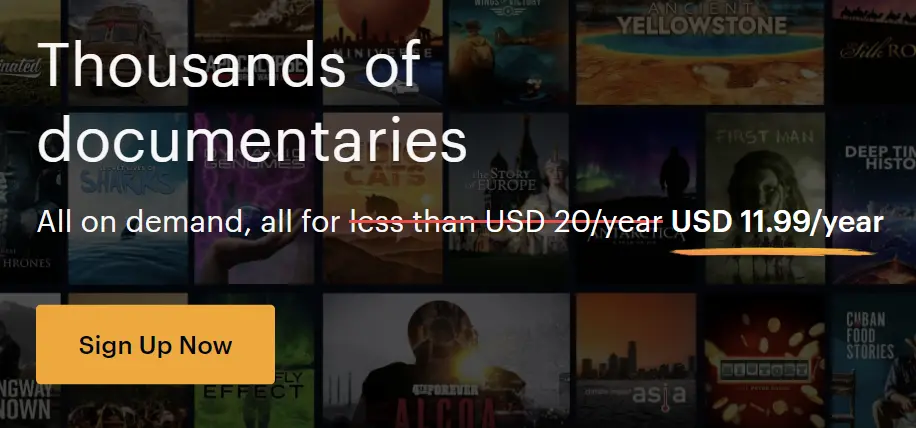
The “Sign Up Now” call to action is a great example from Curiosity Stream. It is short, simple, and easy to understand. By using strong language such as “now,” you can create a sense of urgency that will encourage your readers to take immediate action.
2. Join Our Community
3. Join Now, It’s Free/Join for Free
4. Subscribe to Our Newsletter/YouTube Channel/Blog
5. Follow Us on Social Media
6. Connect With Us
7. Check Out Our Products/Services
8. Download Our App
10. Download Now
11. Download for Free
12. Visit Our Store
13. Use Our Coupon Code
14. Take Our Survey
15. Take the Challenge/Quiz
16. Meet Our Team
17. Start Your Free Trial/Start Your 30-Day Free Trial
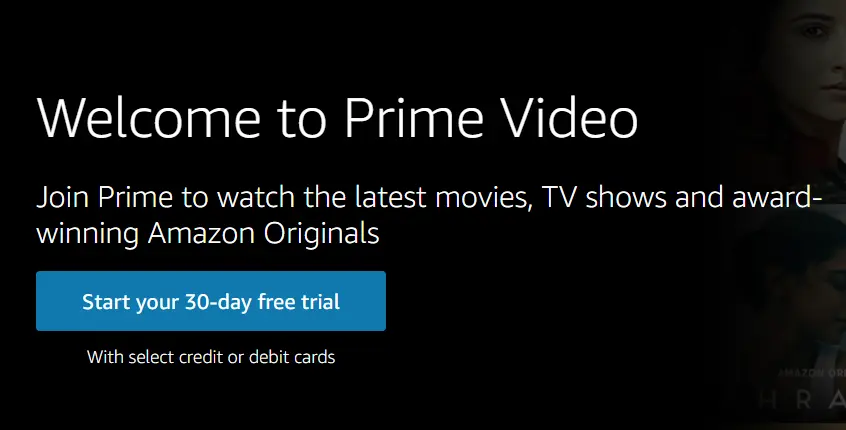
A perfect example to encourage your readers to go for a free trial. The call to action “Start Your 30-Day Free Trial” by Amazon has been tested and optimized to increase conversions.
18. Read Our Blog
19. I’m In
20. Shop Now
21. Visit us online now
22. Listen Now
23. Try Our Software for Free
24. Sign up today!
25. Show me a Demo
26. Get x% Discount
27. Start Growing Today
28. Get Started Today

Another great, very common yet effective call to action by Influence.co. The “Get Started Today” call to action is a great example of how you can use strong and persuasive language to encourage your readers to take action.
By using the word “today,” you can highlight the benefits of taking action and help motivate your readers to follow through.
29. Get started for free
30. Book a Call
31. Get Access Now/Get Instant Access
32. Get the Free Training
33. Get a Free Consultation
34. Start Now
35. Contact Me Now
36. Join Me Live
37. Sign up for free weekly recipes
38. Yes Sign me Up
39. Yes Save me Time
40. Claim Your Free Spot
41. Act Now
42. Get it Now
43. Reserve my seat
44. Grab your Freebies Now
45. Send it to Me
46. Buy Now/Purchase Now
47. Buy Online/Shop Online
48. Get Started on Your Goals
49. Take the Next Step Toward Financial Freedom
50. Start Saving, Today
51. Join Our Healthy Lifestyle Revolution
52. Click Here to Make an Appointment with Us Today!
53. Click Here to Donate Now
54. Click here to find out more
55. Get your free marketing plan
56. Try It/Try it Free
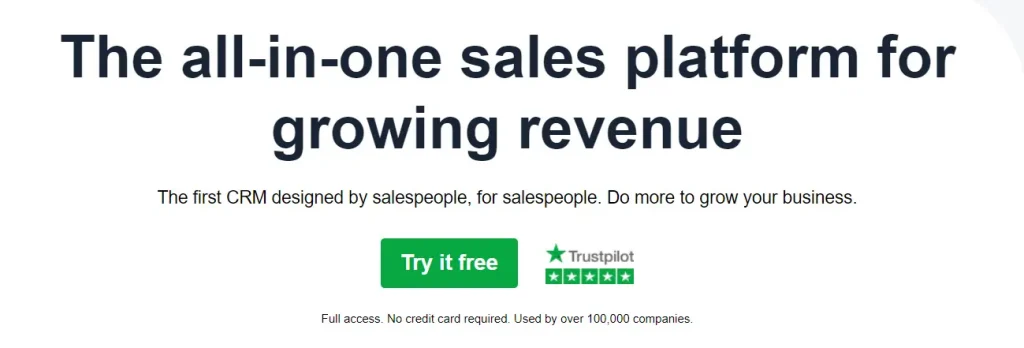
The “try it free” is no doubt a short and simple, call to action that encourages the readers to take advantage of a free trial. By using strong language such as “free,” you can create a sense of benefit and reduce the risk, which will motivate your readers to take action.
57. Watch the video now/Watch Now
58. Claim your discount now
59. Subscribe below for exclusive content
60. Apply now!
61. Download our new app today!
62. Listen to our podcast now!
63. Find us on social media
64. Try it for Yourself
65. Become a Premium Member Today
66. Join Our Elite Group of Clients/Members
67. Get Your Free Estimate Now
68. Get Your Membership at 50% Off!
69. Click Here to Learn More…
70. Don’t Wait, Start Today!
71. Check This Out!
72. Yes! Sign me up for your monthly newsletters.
73. Why not take the next step?
74. Spend Less, Travel More
75. Check Out Our Awesome Deals/Sales/Prices Today!
76. Get a Quote Now!
77. Save Your Money Now
78. Visit Our Website Today!
79. Give [Company_Name] a Try
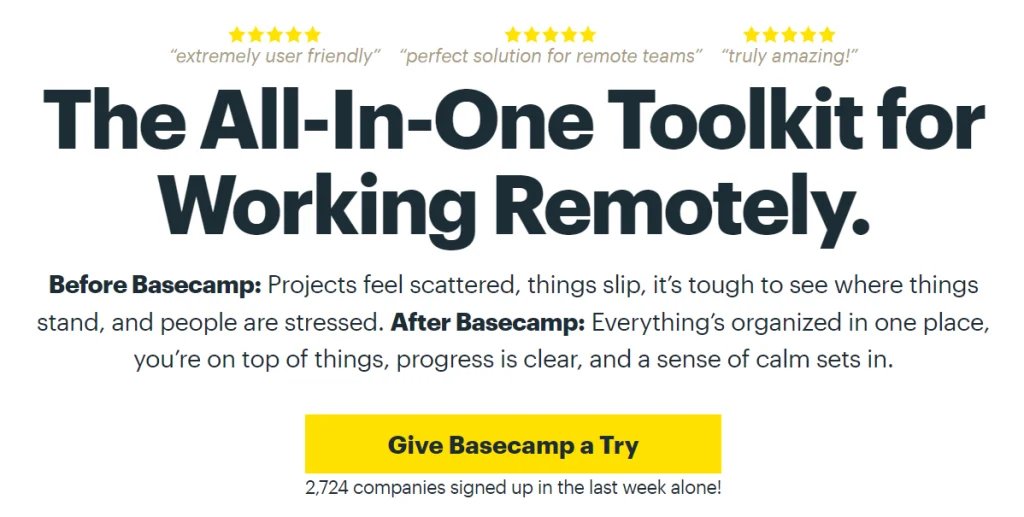
When it comes to giving a new company a try, many people are hesitant. They want to make sure that they’re going to get the most for their money and that they won’t be wasting their time. That’s where the call to action “Give Us a Try” or “Give [Company_Name a try” comes in.
80. Get Your Tickets Before They Sell Out!
81. Find Out More About Our cause
82. Join the Conversation
83. Check Out Our Blog
84. See What’s New
85. Book Your Tickets Now!
86. Be one of the first to know!
87. Get Your Free Ebook Now
88. Join Us at Our Next Event!
89. Check out our latest blog post now!
90. Shop Our Fall Collection Now
91. Watch Our Latest Video
92. Like us on Facebook
93. Follow us on Twitter
94. Give Me Access!
95. Get my free report
96. Let’s be friends on Instagram
97. Connect with us on LinkedIn
98. Add us on Snapchat
99. Follow our boards on Pinterest
100. Join Our Facebook Group/Community/Page!
101. Order Your Tickets Now!/et Your Tickets Now!
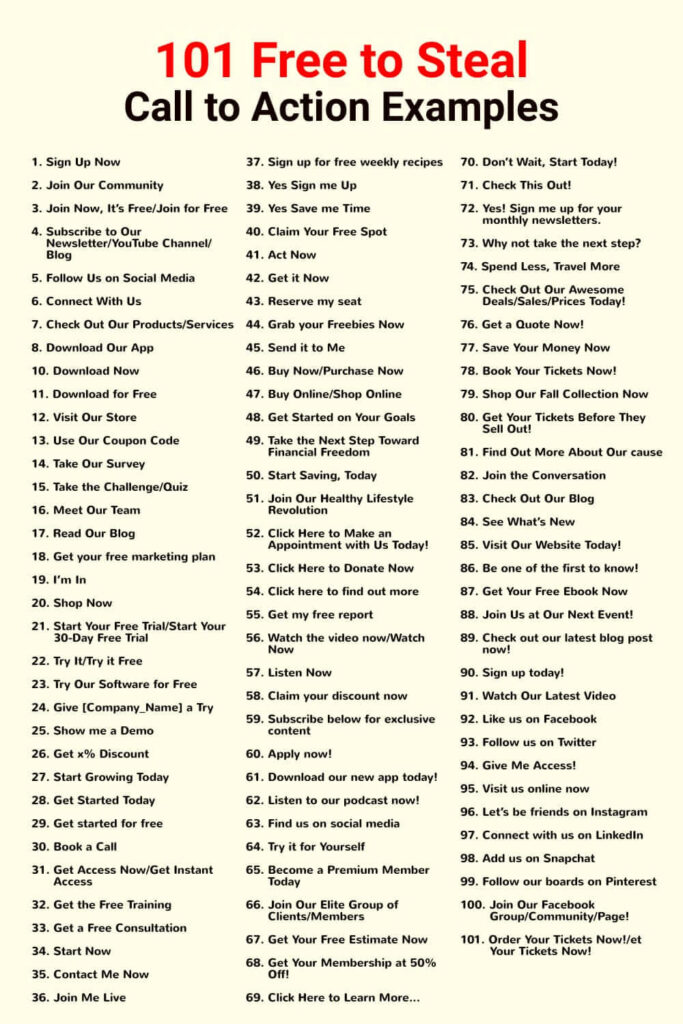
So there you have it! 101 call to action examples that you can use on your website, blog post, videos, or marketing campaigns. Feel free to steal it…
I hope you find this post helpful. Please do share it with your friends and family members who may find it useful. Don’t forget to leave a comment and offer your suggestions; we’d love to hear what you have to say.
If you have any questions, please let us know! We’re always happy to help.
Thank you for reading.
